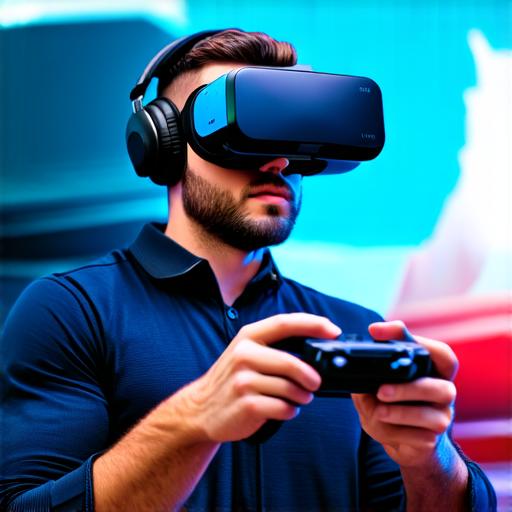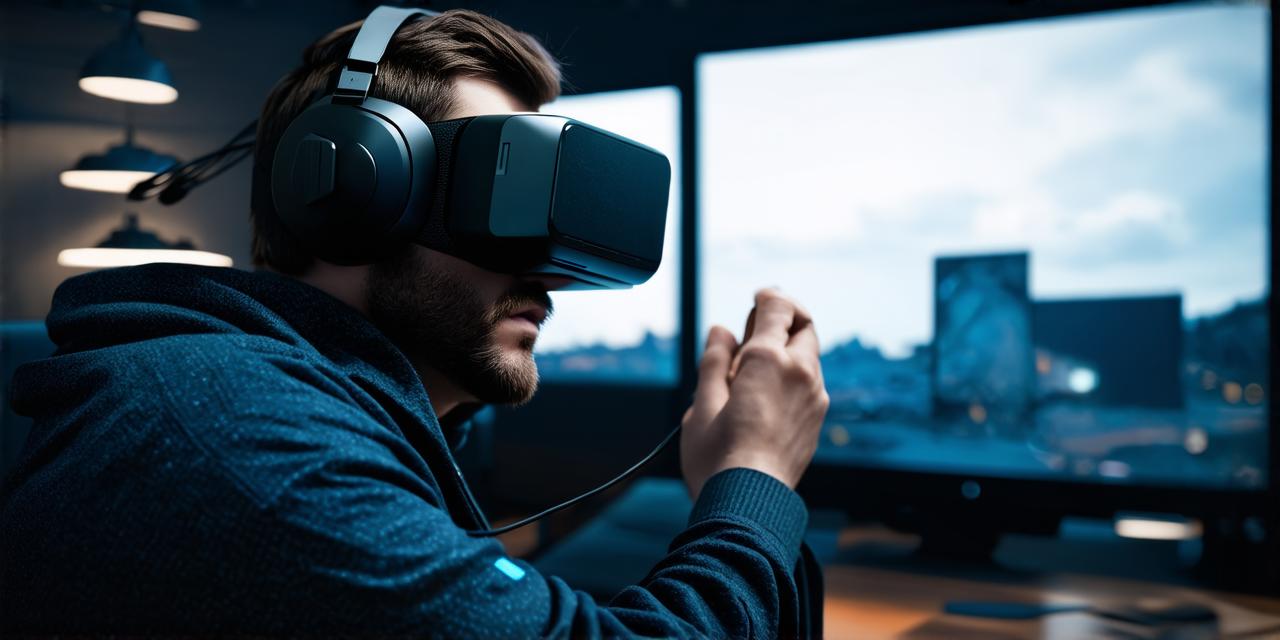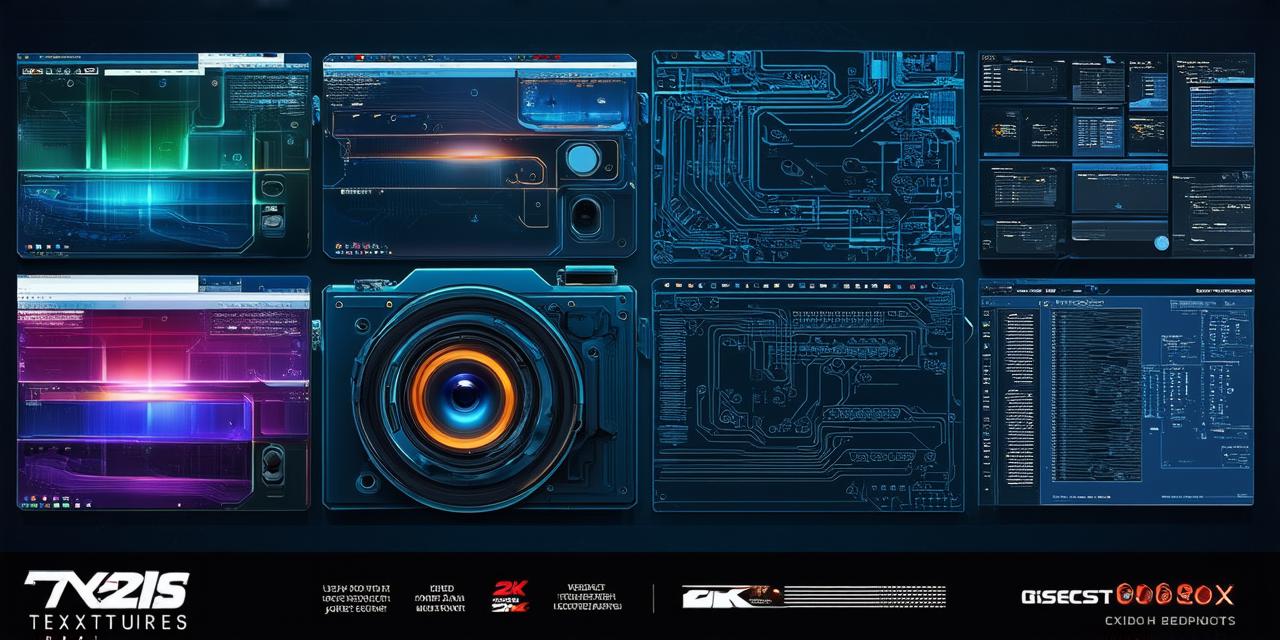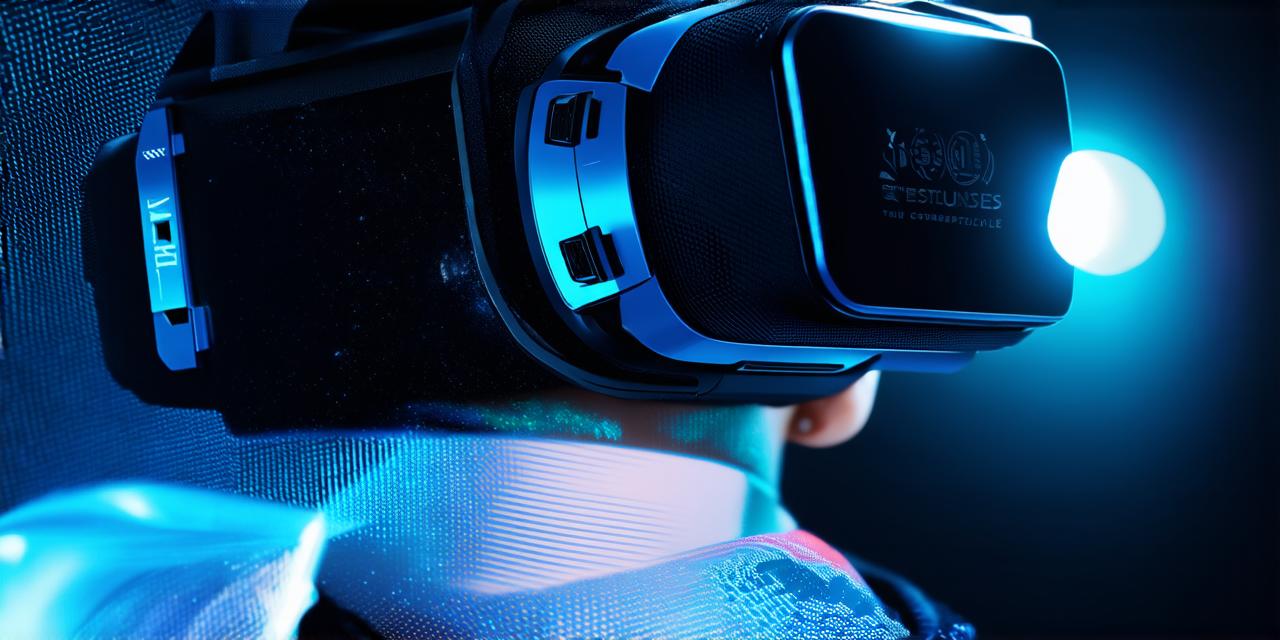Introduction
Virtual Reality (VR) has been a captivating technology since its inception, promising an immersive experience that transcends the boundaries of our physical world. But how closely does it mirror reality? Let’s delve into this question and explore the intricacies of VR’s realism.
Understanding Virtual Reality

Virtual Reality is a simulated environment created with software and presented to the user in such a way that they suspend their disbelief and interact within this digital world as if it were real. This immersion is achieved through sensory stimuli, including sight, sound, touch, and even smell, depending on the sophistication of the VR system.
The Degree of Realism
Sensory Immersion
While VR has made significant strides in replicating visual and auditory experiences, it still lags behind in tactile feedback. Haptic technology, which simulates touch sensations, is improving but remains a challenge due to the complexity of human tactile perception. However, advancements in force feedback gloves and vests are bringing us closer to a truly immersive experience.
Spatial Awareness
One area where VR excels is spatial awareness. The head-mounted displays (HMDs) used in VR provide a 360-degree view of the virtual environment, allowing users to look around naturally. This sense of presence, or feeling like one is actually in the virtual world, is a key factor in determining how realistic VR feels.
Interaction and Realism
Interacting with objects within a VR environment can vary greatly in realism. Simple interactions, such as picking up an object, are often well-replicated due to the precision of motion tracking technology. However, more complex interactions, like manipulating fabric or feeling the texture of different surfaces, remain challenging.
The Impact of Realism on User Experience
Immersion and Presence
The level of realism in VR significantly impacts the user’s sense of immersion and presence within the virtual world. A higher degree of realism can lead to a more engaging and believable experience, enhancing the overall effectiveness of VR applications, from gaming to training simulations.
Limitations and Opportunities
Despite the strides made in VR realism, there are still limitations that must be addressed. These include improving haptic feedback, refining interaction models, and addressing issues related to latency and rendering quality. However, these challenges also present opportunities for innovation and growth within the VR industry.
Summary
Virtual Reality is a remarkable technology that continues to evolve, bringing us closer to a truly immersive digital world. While it may not yet perfectly replicate the richness of our physical reality, its ability to convincingly simulate visual and auditory experiences, coupled with advancements in spatial awareness and interaction models, makes VR an increasingly realistic and captivating experience. As technology continues to progress



